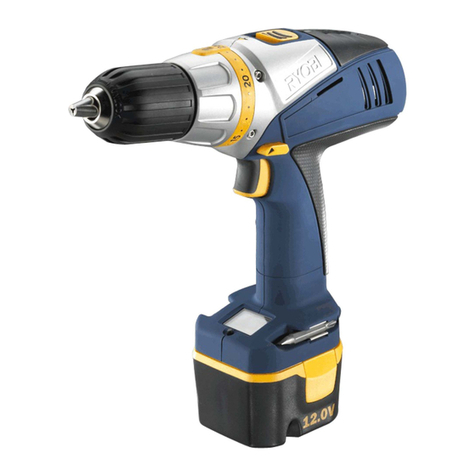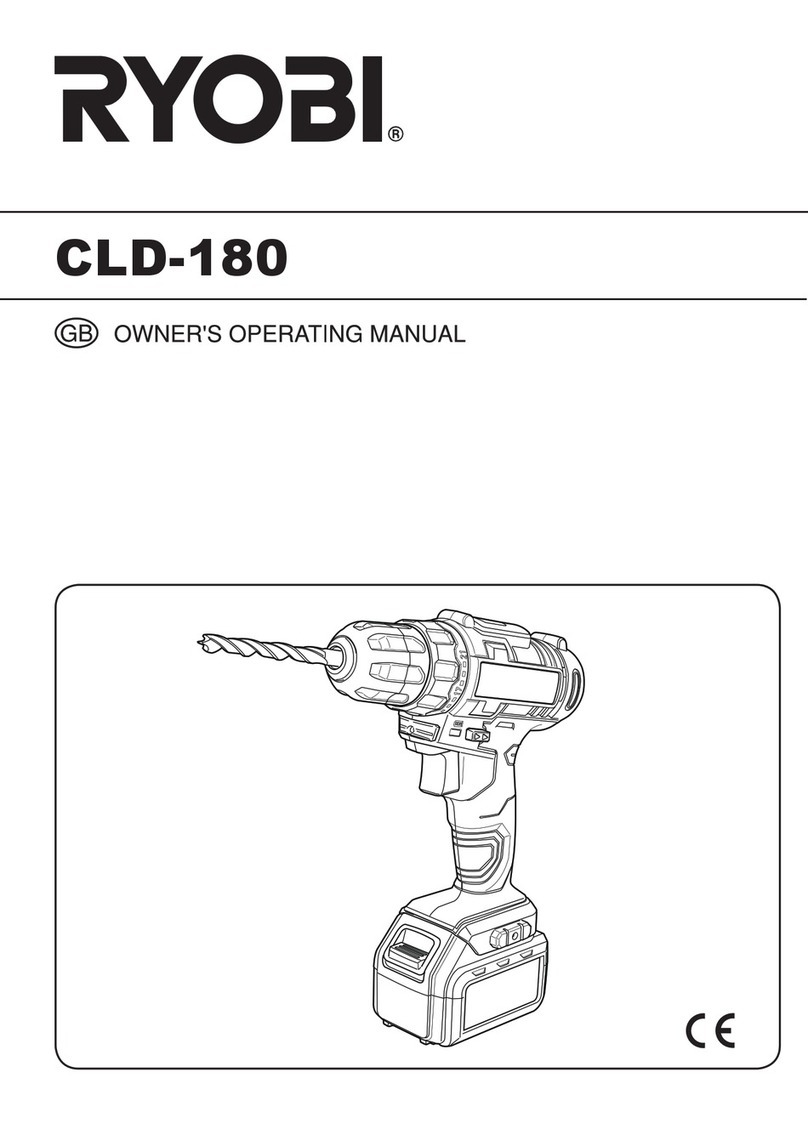Ryobi RDP102L User manual
Other Ryobi Drill manuals
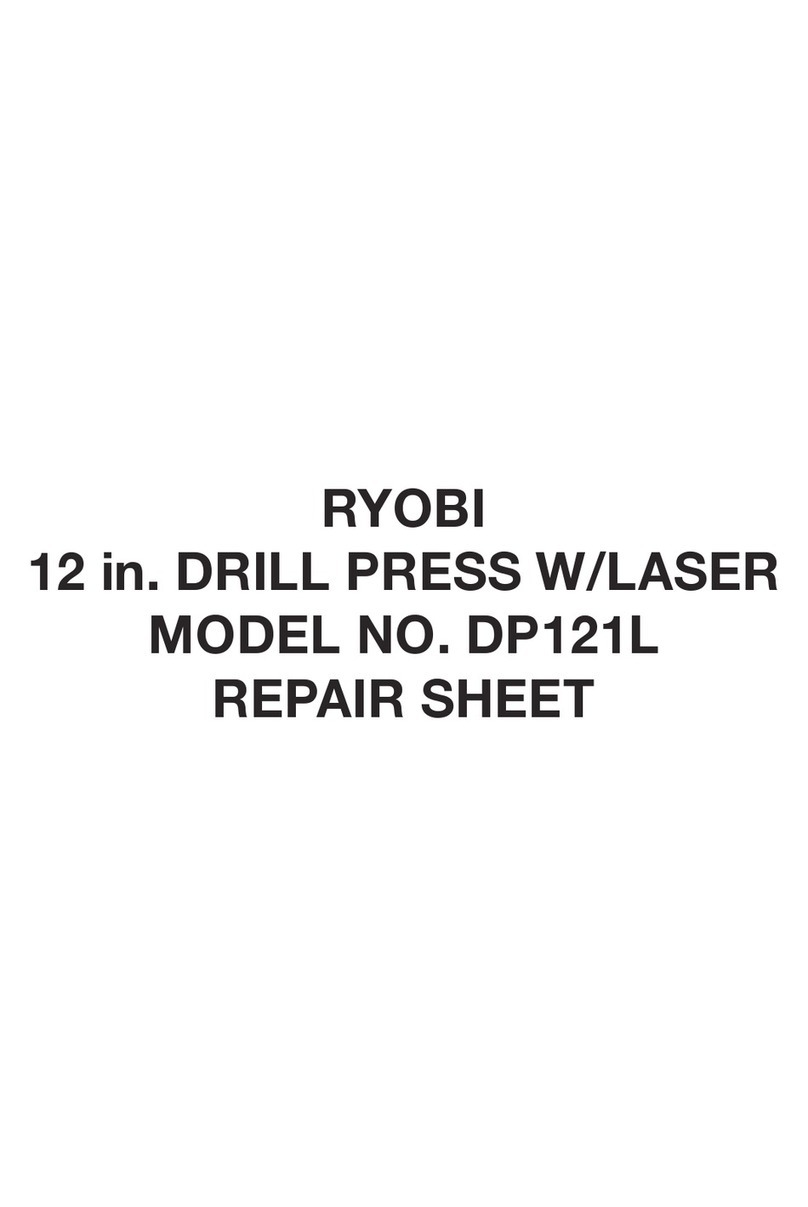
Ryobi
Ryobi DP121L Quick setup guide

Ryobi
Ryobi LLCDI1802 User manual
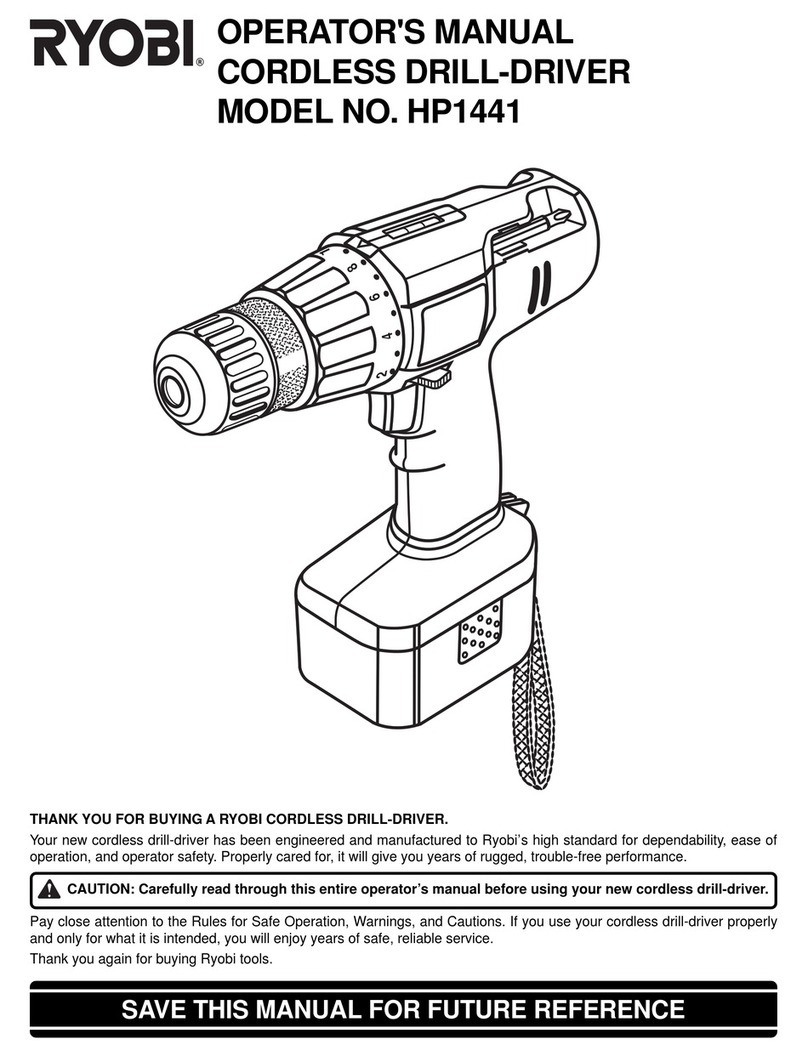
Ryobi
Ryobi HP1441 User manual

Ryobi
Ryobi EID750RS User manual
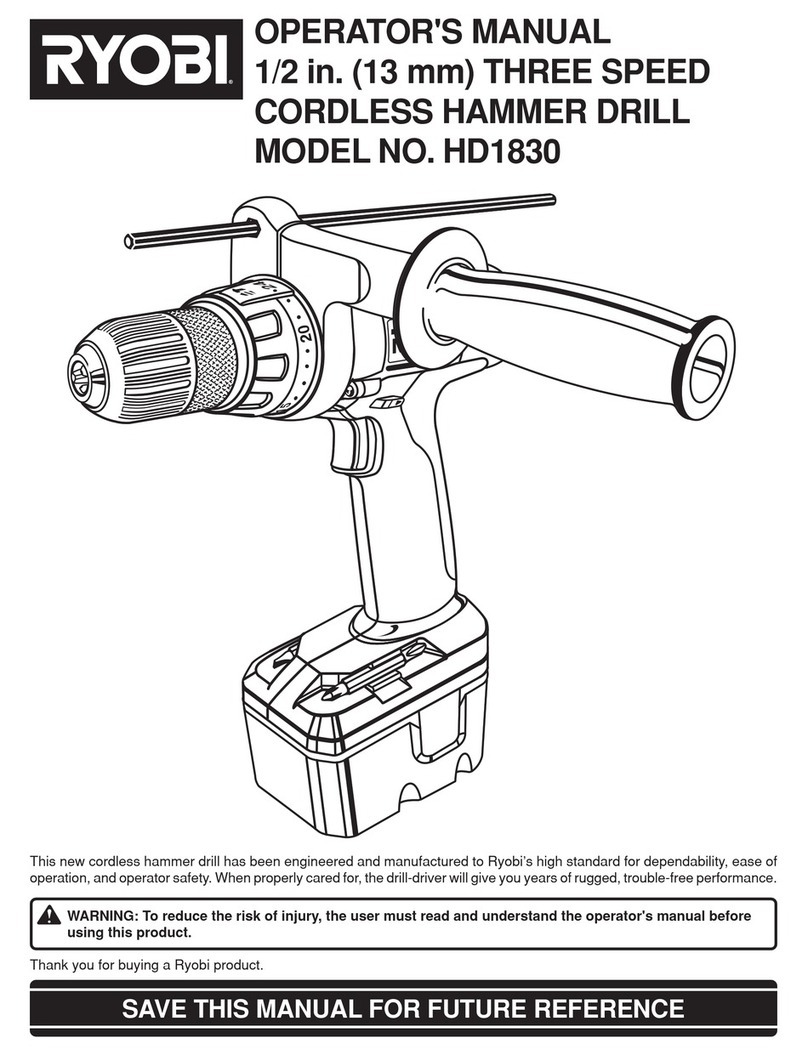
Ryobi
Ryobi HD1830 User manual

Ryobi
Ryobi EID500RS User manual
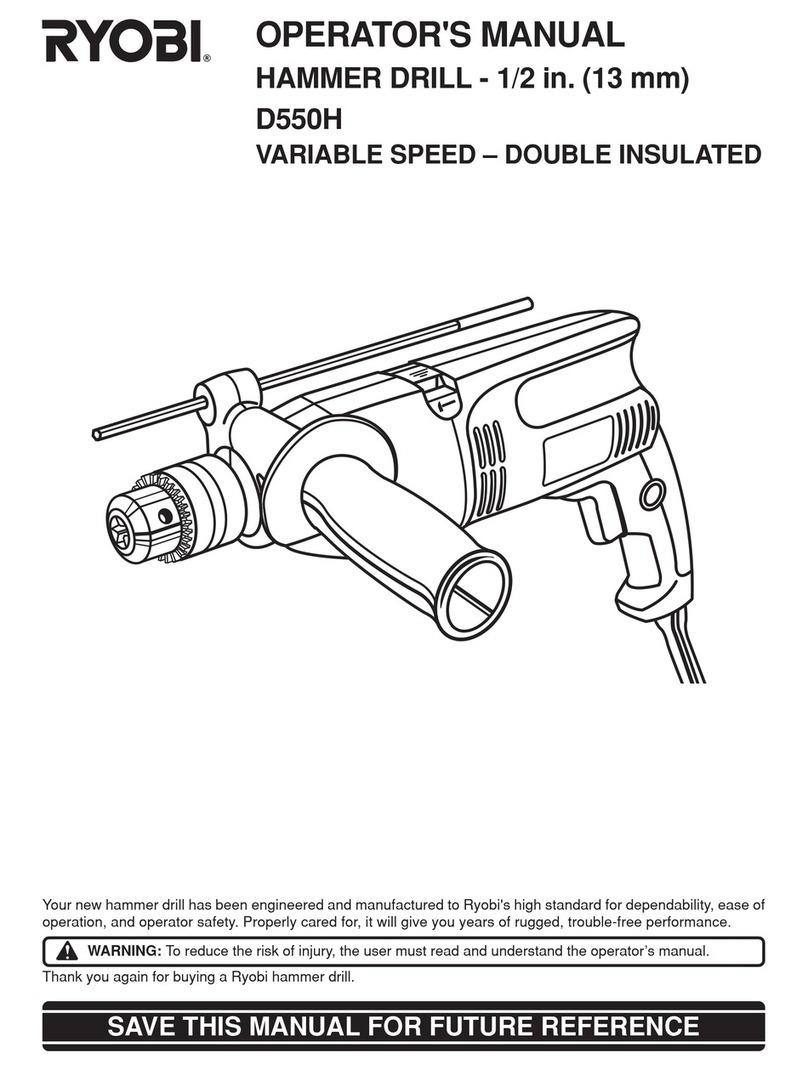
Ryobi
Ryobi D550H User manual

Ryobi
Ryobi R12SD User manual
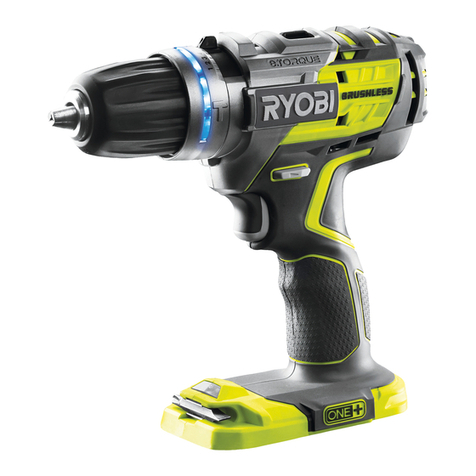
Ryobi
Ryobi R18PDBL User manual
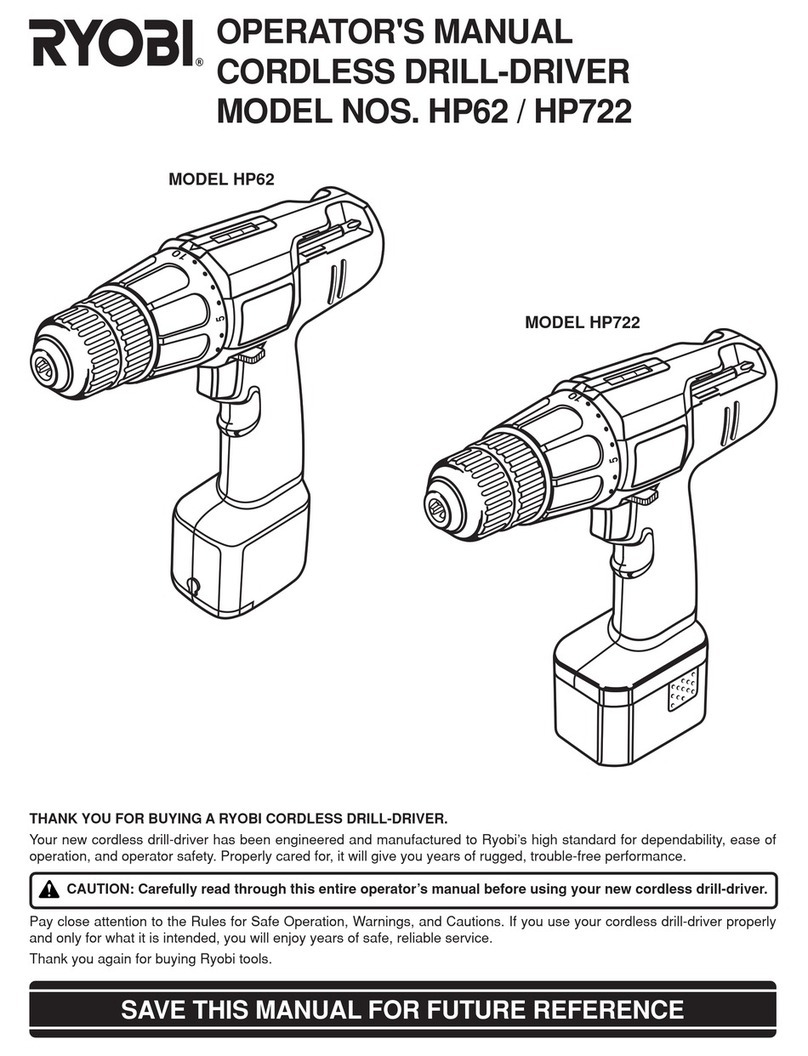
Ryobi
Ryobi HP62 User manual
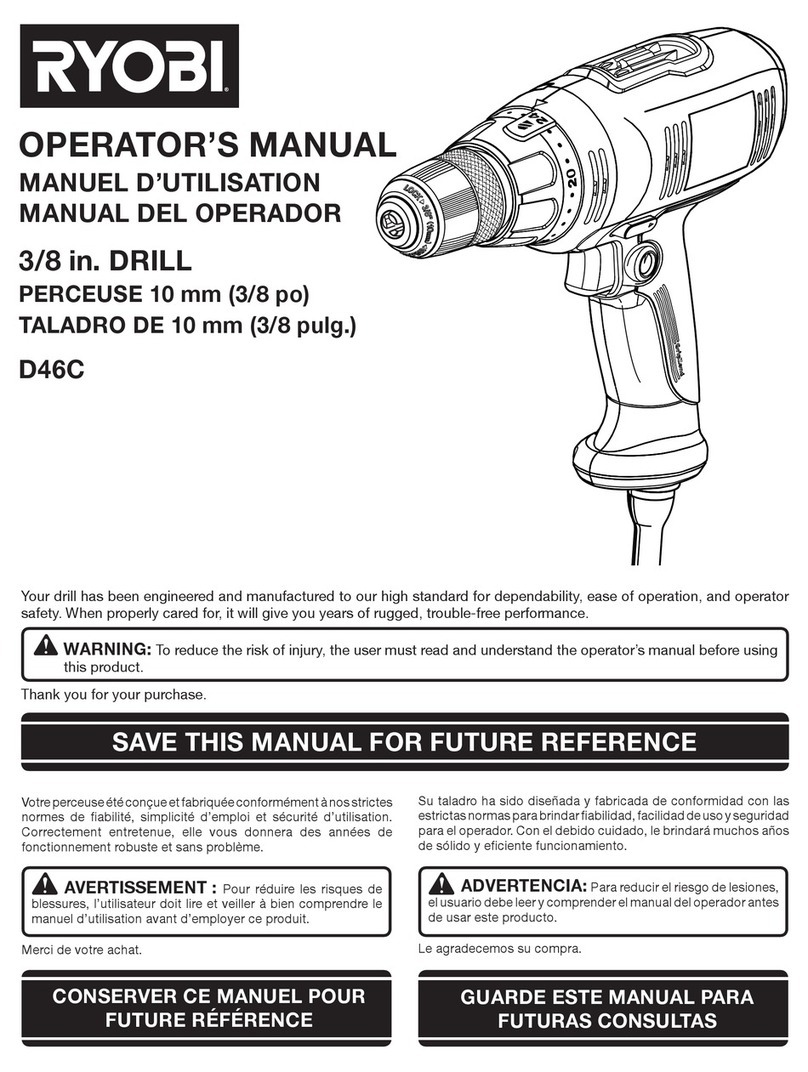
Ryobi
Ryobi D46C User manual
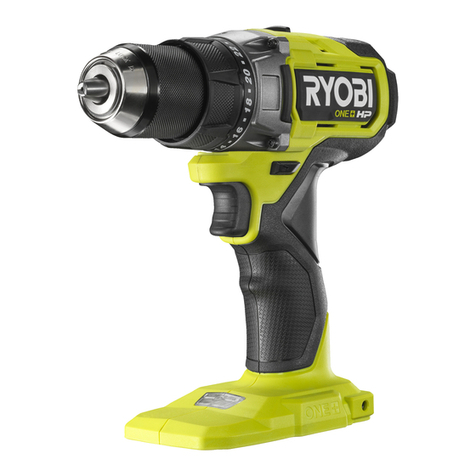
Ryobi
Ryobi RDD18X Installation instructions
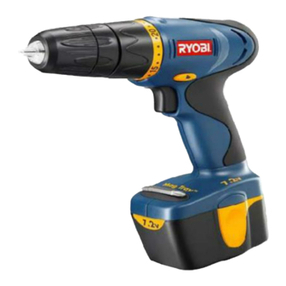
Ryobi
Ryobi HP472 User manual

Ryobi
Ryobi RDD18 User manual

Ryobi
Ryobi PCL206 User manual

Ryobi
Ryobi R18PD3 User manual

Ryobi
Ryobi P200 User manual

Ryobi
Ryobi CTH1202K2 Quick setup guide
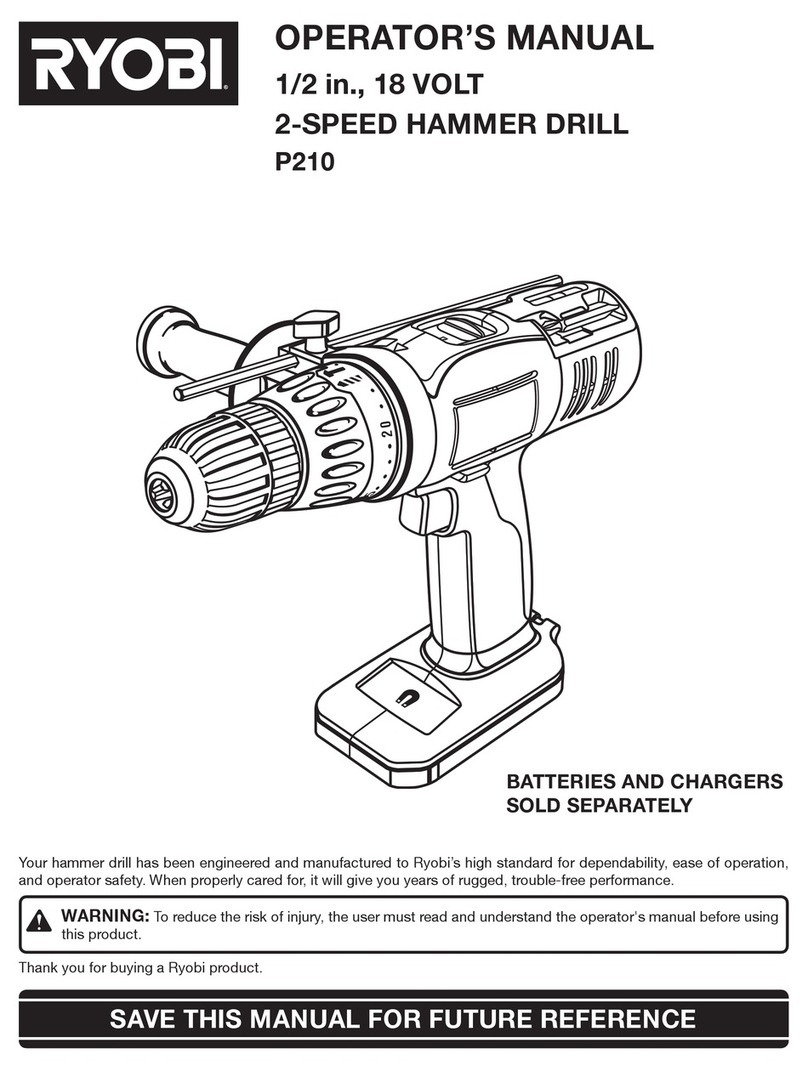
Ryobi
Ryobi P210 User manual
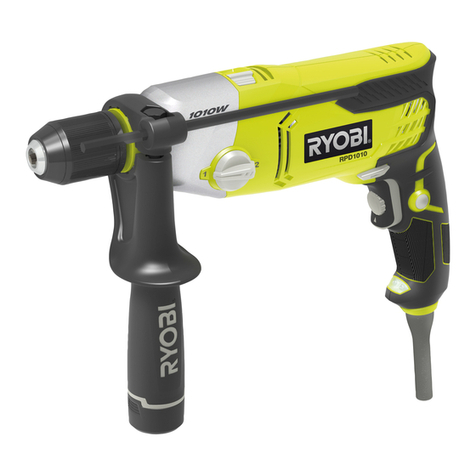
Ryobi
Ryobi RPD1010K User manual
